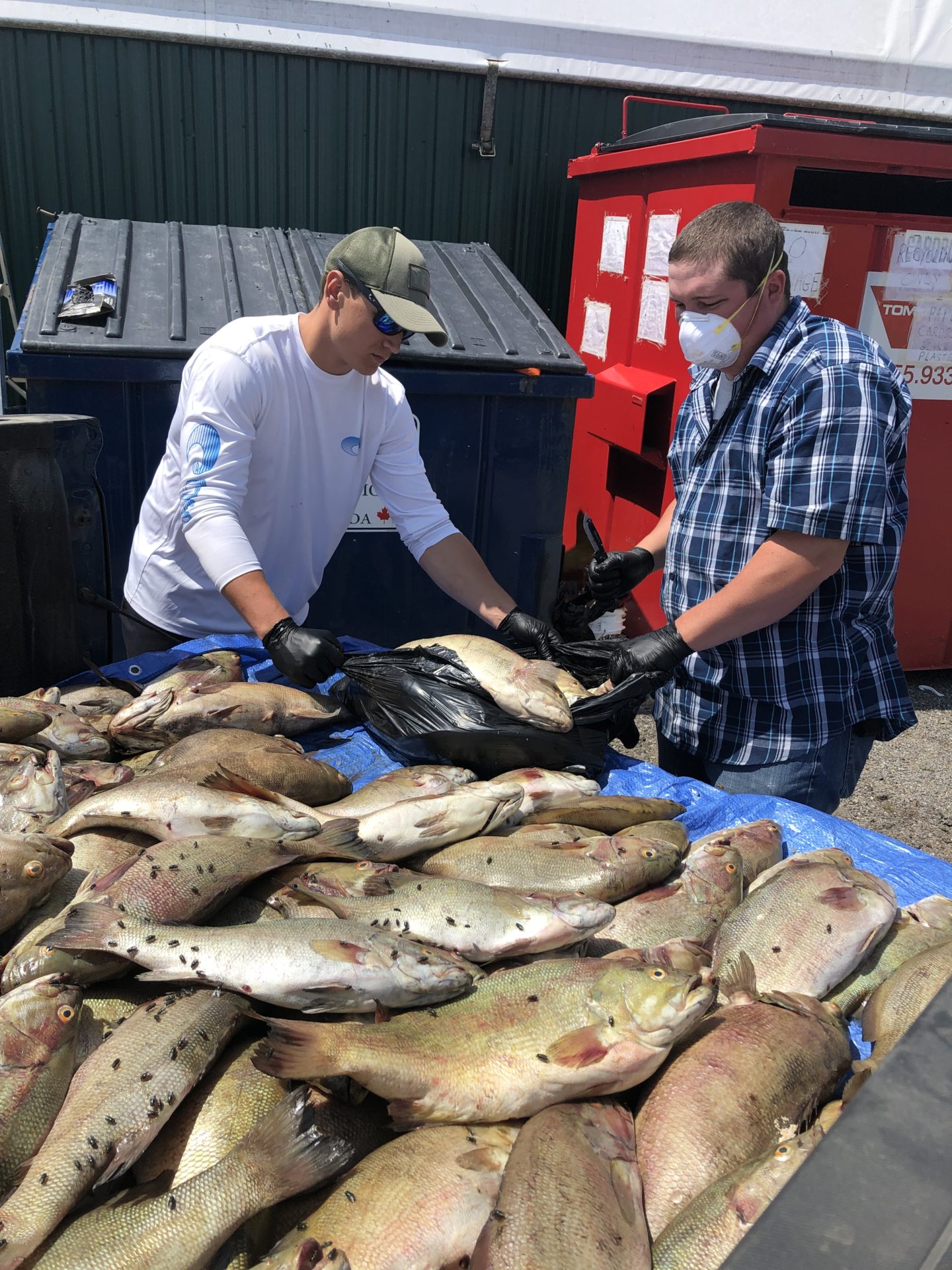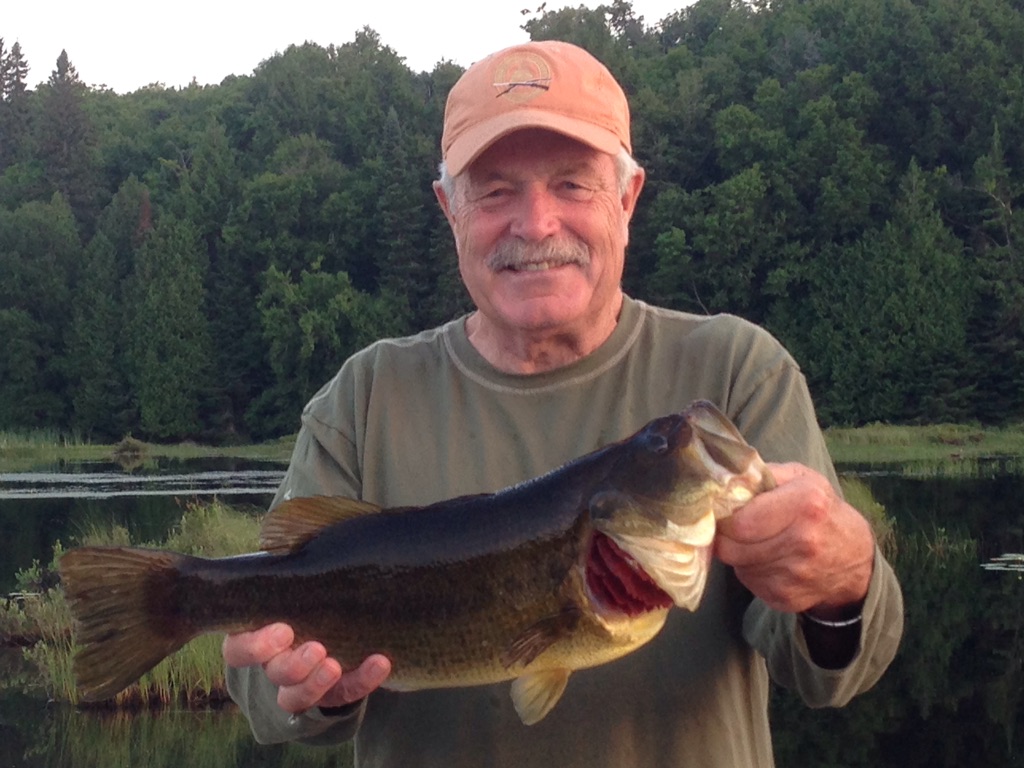Tournament trouble
Experts weigh in on the deadly July 2019 B1 Fishing event
Advertisement
TOM BROOKE, Retired chairman of the Canadian Sportfishing Industry Association and retired vice president of Canadian operations, Shimano Canada Ltd.
Advertisement
Q: What should have been done to prevent the fish deaths?
Let me start by saying I wasn’t there in person to witness this event. That said, looking at the choice of the weigh-in site should have raised concerns for any tournament organizer. One of the very early lessons learned about tournament fish care was that holding weigh-ins in harbours, marinas or bays away from the main body of water poses serious challenges to getting fish back safely. Water temperature differences, low oxygen levels compared to the main water body, and chemical “loading” can all have a detrimental impact on fish handling. It was the recognition of these factors that lead to the creation of the live release boats. Properly implemented live release boats can provide an environment that the site can’t. The protocols are simple to implement but the capital cost of the equipment, training and staffing the boat and the scientific equipment needed for the boats to be effective can be high. Site selection needs to consider the likely conditions and the limitations of the organizer’s assets.
Another site-related issue occurs when anglers return from fishing. How long the anglers are staged in what kind of water condition, the on-land holding, weighing and return process can all have a huge impact on fish survival. I’m not a fisheries biologist but I have worked closely with Dr. Tufts and his teams at Queens University as well as other biologists across Ontario over the years and there are some basic fish handling rules that need to be applied. Shimano Canada, a few years ago now, prepared a guide with the help of Dr. Tufts and others that provides a template for what needs to be done for the safe handling of fish during tournaments or derbies. Fish require decent quality water, with sufficient dissolved oxygen, without great temperature swings from the time they are caught until they go back to their home waterbody.
Advertisement
Time of year is another key component often impacting the above. We learned some time ago holding walleye events in Ontario in the heat of the summer is a really bad idea. The water quality at that time of the year and the species don’t match. Bass may be a bit hardier but the forecast leading into this particular event was for very high temperatures which were likely to exacerbate the water quality issues associated with the site selection.
As important as the above is, for me, the first and most important consideration is the acceptance of the fact that as an organizer you are using a public resource while staging your event. That should be top of mind when preparing for your event. Big or small, for charity or for profit, it doesn’t matter. The goal of every organizer should be to leave the event site and the fish in at least as good a condition as they were found in. Fish are not a commodity to be used to “keep score.”
Negatively impacting fish populations impacts all anglers and the associated businesses both local and beyond. So, accepting the enormous responsibility for using a public resource is the first step in keeping this kind of tragedy from happening. Next, applying the science necessary to keep this commitment. Everyone who has run live-release events have had a bad day but by day two things should be better if you are really trying. From the evidence I have seen that appears not to be the case with this event.
Q: What should have been done after it happened rather than put the fish in a dumpster?
This one is pretty easy. Both the laws regarding game, and the conditions of the fish handling license are very clear. Step one is calling the MNRF and inform them of what has transpired. Full stop. Yes, you as the organizer are going to get pinned for what has happened. It isn’t going to be easy but as the organizer you accept the responsibility associated with the both the license and the game laws.
Before we leave this question, I would like to acknowledge the role the anglers, both participants and spectators, played in identifying this tragedy and helping bring this issue to the attention of law enforcement at the MNRF. Many clearly recognized their own personal responsibilities associated with the use of a public resource and called out the organizer during the event for the fish handling issues and subsequently contacted people who alerted the MNRF as things deteriorated. That’s the good news story here. There is a general understanding throughout the angling community, particularly amongst the competitive anglers, that fish health, water quality and equal access are very important to all. Equally important was the role MNRF law enforcement played in this issue. They stayed with it and ensured that justice was served. I trust that this story will encourage that behavior into the future. Our resource depends on sound and continued stewardship.


